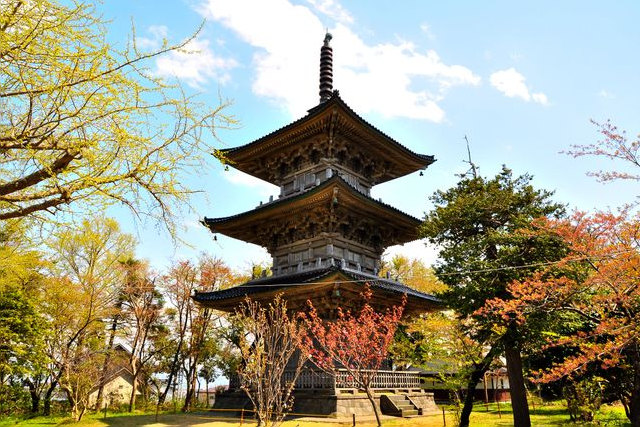Gochi Kokubunji Temple
menuMenu
A historic temple said to have been restored by Uesugi Kenshin.








Highlights
- A historic temple said to have been restored by Uesugi Kenshin
- Three-storied pagoda, a designated cultural property of Niigata Prefecture
- Takenouchi Sōan hermitage, associated with Shinran
- Main hall with Gochi Nyorai as the principal image
- A precious historical site that preserves the history of Echigo Kokubunji Temple
Basic Information
- Address
- 3-20-21 Gochi, Jōetsu City, Niigata Prefecture Search for tourist attractions in Niigata
- Access
- Public Transportation About a 20-minute walk west from Naoetsu Station on the JR Shin-etsu Main Line and the Echigo Tokimeki Railway. Take the Kamisaka-line bus of Kyōjō Kotsu Bus (route 7: Sainai-iriguchi - Naoetsu Station - Gochi Kokubunji Omote-mon - Kasuga-yama Station - Chūō Hospital - Jōetsu Mall Mae/Yūkyū no Sato Mae) and get off at the "Gochi Kokubunji Omote-mon" or "Gochi Kokubunji Ura-mon" bus stop. It's a short walk from there. Take the Kusatori-line (route 30), the Naminata-line (route 31), or the Nōse-line (route 32) bus of Kyōjō Kotsu Bus and get off at the "Gochi Kokubunji Ura-mon" bus stop. It's a short walk from there. Show route
- Op.Hours
- 9:00 AM to 4:00 PM
- Cld.Days
- Open every day
- Fee
- Free
- INFO
- Parking available
